Most modern motorcycles, particularly racing and sportbikes, are equipped with fairings.
These are protective shells that cover the frame of a motorcycle, offering significant benefits like positive airflow for better speed and protection to the engine and rider from debris on the road.
In this article, we’ll discuss everything you need to know about motorcycle fairings – from what they are to what benefits they provide. You will also get to know their different types and shapes, including factors to consider when going for aftermarket options.
What Are Motorcycle Fairings And What Do They Do?
Motorcycle fairings are panels that manipulate airflow and improve aerodynamics. They help to reduce drag, which is the force caused by wind resistance. Reducing drag increases speed and reduces fuel consumption.
They’re also used to minimize turbulence in the cockpit, which can give you more comfort and control.
Fairings started gaining popularity through racing bikes. However, because of the benefits they provide, they are now an important component to have on all types of motorbikes.
What Are They Made Of And Where Are They Attached?
Most manufacturers use ABS plastic and fiberglass in manufacturing motorcycle fairings. They are easier to mold, light, and more durable. You may also find some lighter materials like aluminum, polymers, and carbon fiber used in early fairing designs as they are also sturdy and can be easily fabricated.
Fairings are usually attached either to the frame or the fork of the bike. Each variation has its own pros and cons.
For example, fairings that attach to the frame may provide you with better stability but will leave your legs exposed to the ground if you slide over.
Fork fairings, on the other hand, may provide extra protection from collisions while turning, but they’ll slightly change the level of drag and how your bike handles.
In case you need to remove the fairings to access the engine, that shouldn’t be a big hassle on most bikes. All you need to do is remove the screws and the nuts that hold the windscreen and the bracket, then pull ‘em out.
Safety Benefits Of A Fairing
The impact-resistant material and carefully molded shape of motorcycle fairings are designed to keep you safe when riding. Here are some of the ways fairings provide protection.
- Riding behind a fairing creates a low-pressure pocket, resulting in less wind hitting you. This can make riding in colder weather more comfortable by reducing chills and creating warm air pockets when the engine is idle.
- Your fairing will act as a physical shield and block debris that might otherwise come into contact with your body while riding.
- Fairings can carry devices like smartphones and GPS units. This allows you to focus more on riding and frees up your hands.
Types Of Fairings
Motorcycle fairings come in a variety of styles and levels of coverage. From a small quarter fairing that only covers the headlight to a completely enclosed, all-around body, barely leaving anything visible other than the bottom half of the wheels.
Here are some of the most common fairing designs:
Dolphin Fairings
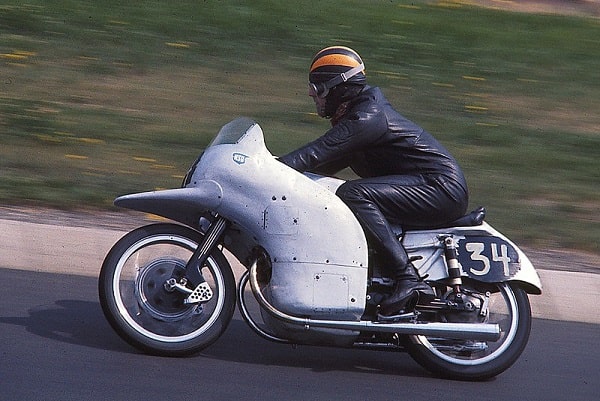
Dolphin fairings are mostly found on cruisers. The front-wheel guard on early models had a streamlined look and resembled a dolphin’s beak from the side, hence the name “Dolphin Fairing”.
While they can reduce drag and protect the rider from debris, there are other options that provide better aerodynamics.
Full Fairings
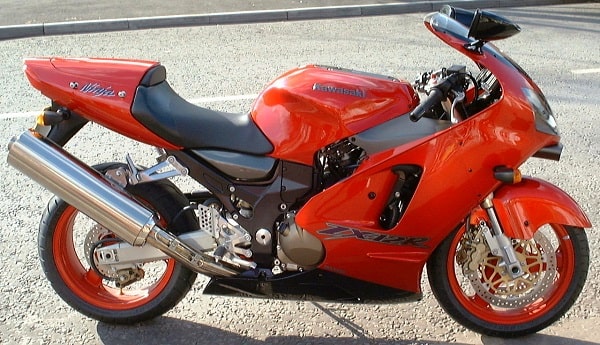
Full fairings sometimes referred to as race fairings, are a popular type of motorcycle fairing. They’re prevalent in motorcycle racing and on super sportbikes such as the Suzuki GSXR or the KTM RC390.
They are a popular choice among riders who want a more aerodynamic shape and wish to keep their face protected from the elements. These bikes have a front end that is enclosed, fully covering the rider from the wind, rain, and debris.
However, it is not something we recommend for beginners because it can be difficult to steer and navigate traffic.
Half Fairings
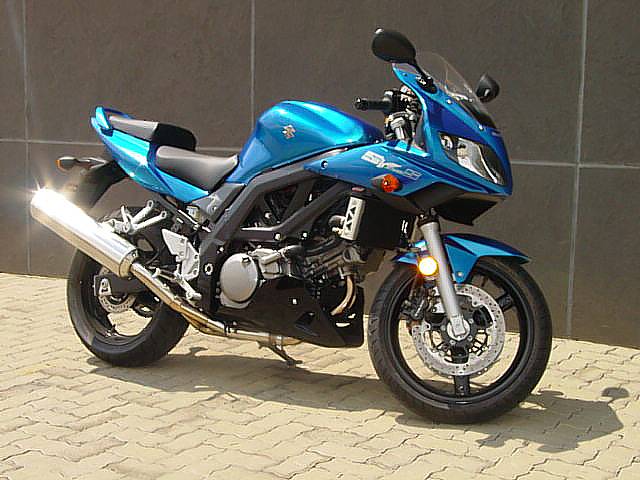
Half fairings include a windscreen and other aerodynamic features. They have less coverage than full fairings as they cover only the front section of the motorcycle and leave the lower portion exposed.
Nevertheless, these are an excellent choice for riders who don’t want the full fairings look but still want protection from wind and other debris.
Quarter Fairings
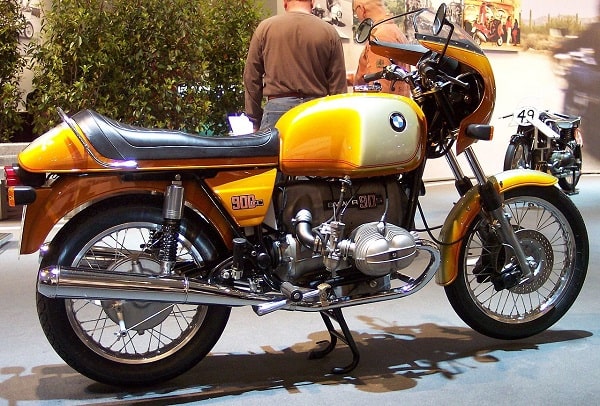
Quarter fairings will protect your headlamp and typically come as a standard feature on most motorcycles. They are also called bikini fairings because of the minimal protection they provide.
Handlebar Fairings
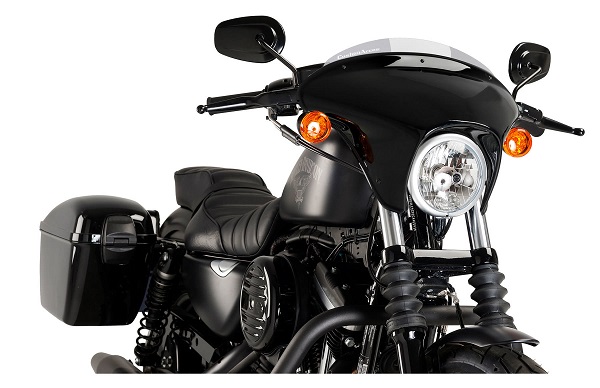
Handlebar fairings are ideal for those who rely on using devices such as smartphones or a GPS mounted on the handlebars. These fairings provide protection by creating a barrier around the handlebars, making it easier for you to use different accessories.
Aftermarket Fairings
If you’re looking to replace your damaged fairings at a low cost, then aftermarket fairings can be a great choice.
You can also use them to change the look of your bike, which is perfect for drivers that want their vehicles to stand out.
As with any type of modification, there are many different types available, with some being better suited for certain uses than others. In any case, you still have to be mindful of the quality and fitting.
You can use aftermarket fairings to replace different areas of the bike like the front, sides, rear, belly, and even the mudguard.
Generally, there are two types of aftermarket fairings, i.e injection-molded and pressure-molded.
Like stock fairings, injection-molded fairings are made from ABS plastic. However, you can still notice some differences in terms of its finish. On the other hand, pressure-molded fairings are cheaper than injection ones, but you might face difficulties with their fitting.
When it comes to price, you can expect single-side Original Equipment Manufacturer (OEM) fairings to cost you around $200 to $450. Alternatively, if you go for aftermarket fairings for a single side, you can expect them to be in the range of $80 to $100.
Conclusion
Fairings were originally a racing-specific addition, but they have come to be essential in the design of many models in modern motorcycle production.
They are now included as a standard component of all motorcycles leaving the factory, whether modified for racing or not, thanks to all the aerodynamic and safety benefits they provide.
Image Credits
Lothar Spurzem, CC BY-SA 2.0 DE, via Wikimedia Commons Stahlkocher, CC BY-SA 3.0, via Wikimedia Commons